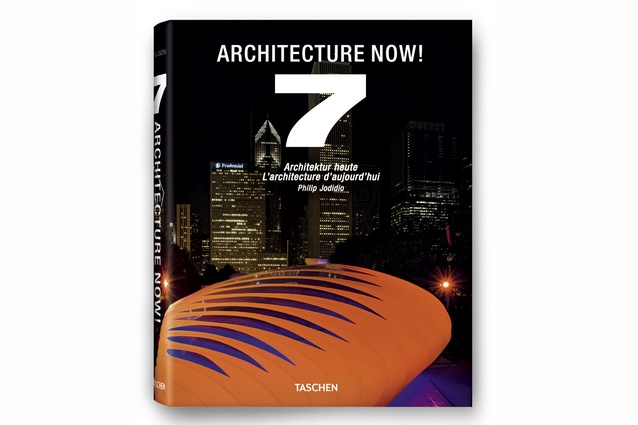Architecture Now 7 by Philip Jodidio
Hats off to Taschen’s glossy reference series, Architecture Now, which is now on its eighth issue – a publishing feat in itself. While this seventh edition came out in 2010 and is not the latest bookshop offering, being filled with the truly weird and wonderful it is still a fascinating read to pick up and put down between nightcaps.
As usual, ‘7’ offers a diverse overview of buildings and structures, all designed by a star-studded architectural cast from across the globe. Most relevant, perhaps, is that some of them, such as the 828m-high Burj Khalifa, symbolise the last wave of truly affluent ‘bling’ structures; so it will be interesting to see if Philip Jodidio’s eighth edition offers more restrained or inventive projects, given the current economic climate.
It was interesting for me to revisit, post-completion, a number of engineering-led projects I had been involved in while working in the UK. Dutch firm Information Based Architecture worked with Arup on the 610m-tall Guangzhou TV and Sightseeing Tower, a spiralling skyscraper that is so vertiginous it could be Jack’s modern-day beanstalk; OMA’s CCTV HQ building in Beijing radically interlinks two skyscrapers with a ‘cantilevered penthouse’ on top. Meanwhile, Cecil Balmond breaks out of engineering with an apparently simple-looking form that is actually cleverer than it first appears; the double-helix UPENN Weave Bridge is effectively architectural in its use of space. An accomplished musician, mathematician, artist, architect and structural engineer, most well-known for his collaborations with Rem Koolhaas, Anish Kapoor, Toyo Ito, et al, is Balmond a living genius, you might ask?
Another project, Gustafson Porter’s spectacularly dream-like, artistic exhibition at the Venice Architecture Biennale 2008, played with allegories and metaphors about ‘paradise’, rejuvenating a long-lost historical corner of the Arsenale and allowing landscape a special place within the exhibition. It’s always interesting to see that many of the world’s greatest architectural innovators effectively merge together a number of disciplines; there are few ‘boxes’ in this book.










